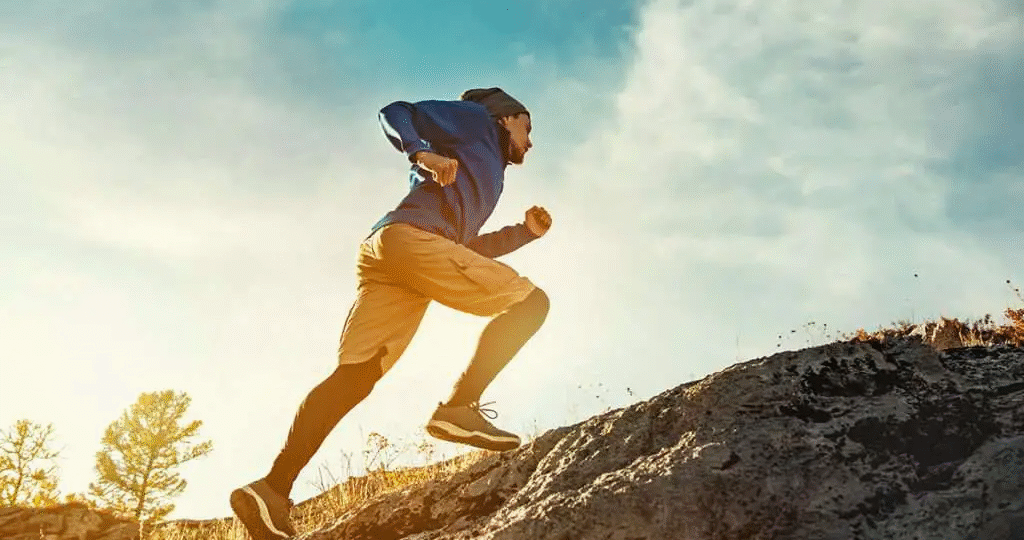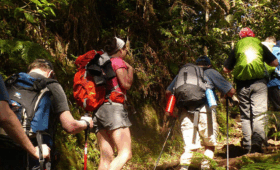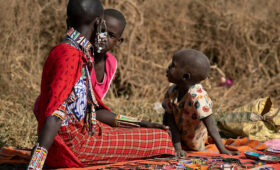Altitude Training Tips for Kilimanjaro Success
Climbing Mount Kilimanjaro is an unforgettable adventure, but reaching the summit isn’t just about physical fitness. The real challenge is altitude. At over 5,800 meters (19,341 feet), the air becomes significantly thinner, and altitude sickness can affect even the fittest hikers.
At Mandari Travel, we’ve guided hundreds of climbers to Uhuru Peak. Based on our experience, here are the best altitude training tips to help you prepare and increase your chances of a successful, safe summit.
1. Understand How Altitude Affects the Body
As you ascend, oxygen levels drop, by nearly 50% at the summit of Kilimanjaro. Your body must adapt through a process called acclimatization. Symptoms of Acute Mountain Sickness (AMS) include headache, nausea, fatigue, and dizziness.
Training for altitude doesn’t mean simulating Mount Kilimanjaro at sea level, it means preparing your body to handle stress, fatigue, and recovery efficiently.
2. Train with Long, Slow Hikes
High-altitude trekking is low and slow. Build endurance by hiking long distances with a backpack over rough terrain. Train with elevation gain if you live near hills or mountains.
Include back-to-back hiking days in your training to simulate real conditions on Kilimanjaro.
3. Focus on Cardiovascular Conditioning
A strong cardiovascular system improves oxygen efficiency. Aim for 45–60 minutes of moderate cardio, 3–5 times per week. Activities may include:
- Brisk walking or jogging
- Stair climbing
- Hiking with a loaded pack
- Cycling or swimming
Interval training can also help improve lung capacity and stamina.
4. Simulate Altitude (Optional but Helpful)
If you don’t live at elevation, consider:
- Sleeping in an altitude tent (hypoxic tent)
- Training with an elevation mask (note: limited effect, but builds mental stamina)
- Visiting a high-altitude location for a weekend hike
Though not essential, these tools may improve confidence and familiarity with altitude symptoms.
5. Improve Your Breathing Efficiency
High on Kilimanjaro, slow and deep breathing becomes crucial. Practice:
- Controlled breathing techniques
- Diaphragmatic (belly) breathing
- Yoga or mindfulness to improve breathing control and focus
This helps you remain calm and conserve energy when trekking above 4,000 meters.
6. Train Mentally for Discomfort
Altitude can affect your mood and energy. Get comfortable being uncomfortable by pushing your limits in training:
- Hike in cold, rain, or wind
- Train when tired or sore (with caution)
- Practice mental resilience techniques, like visualization and positive self-talk
7. Choose a Route That Allows Proper Acclimatization
All the training in the world won’t help if your body doesn’t have time to adjust. Choose a longer route like Lemosho or Machame to give yourself the best chance of acclimatizing properly.
At Mandari Travel, we’ll help you pick the ideal route based on your fitness and goals.
Let’s Get You to the Top
Altitude doesn’t have to be a dealbreaker, with the right training, gear, and support, you can summit successfully. At Mandari Travel, we provide expert guides, daily health checks, and well-paced itineraries to keep you safe and motivated.
Have questions?
Contact us at info@mandaritravel.com
Call or WhatsApp us at +255 750 900 811
Request a Kilimanjaro Quote Today
Want expert advice and a custom itinerary? Fill out the form below for a personalized Kilimanjaro climbing package.




